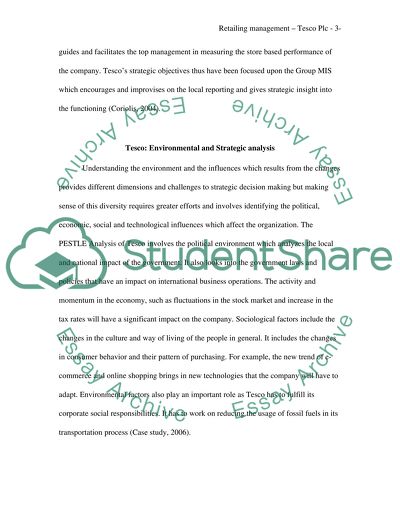Cite this document
(“Retailing Management - Target Research Paper Example | Topics and Well Written Essays - 5000 words”, n.d.)
Retrieved from https://studentshare.org/family-consumer-science/1418198-retailing-management-target
Retrieved from https://studentshare.org/family-consumer-science/1418198-retailing-management-target
(Retailing Management - Target Research Paper Example | Topics and Well Written Essays - 5000 Words)
https://studentshare.org/family-consumer-science/1418198-retailing-management-target.
https://studentshare.org/family-consumer-science/1418198-retailing-management-target.
“Retailing Management - Target Research Paper Example | Topics and Well Written Essays - 5000 Words”, n.d. https://studentshare.org/family-consumer-science/1418198-retailing-management-target.


